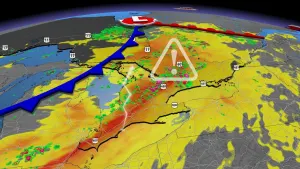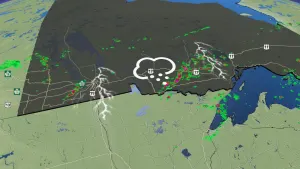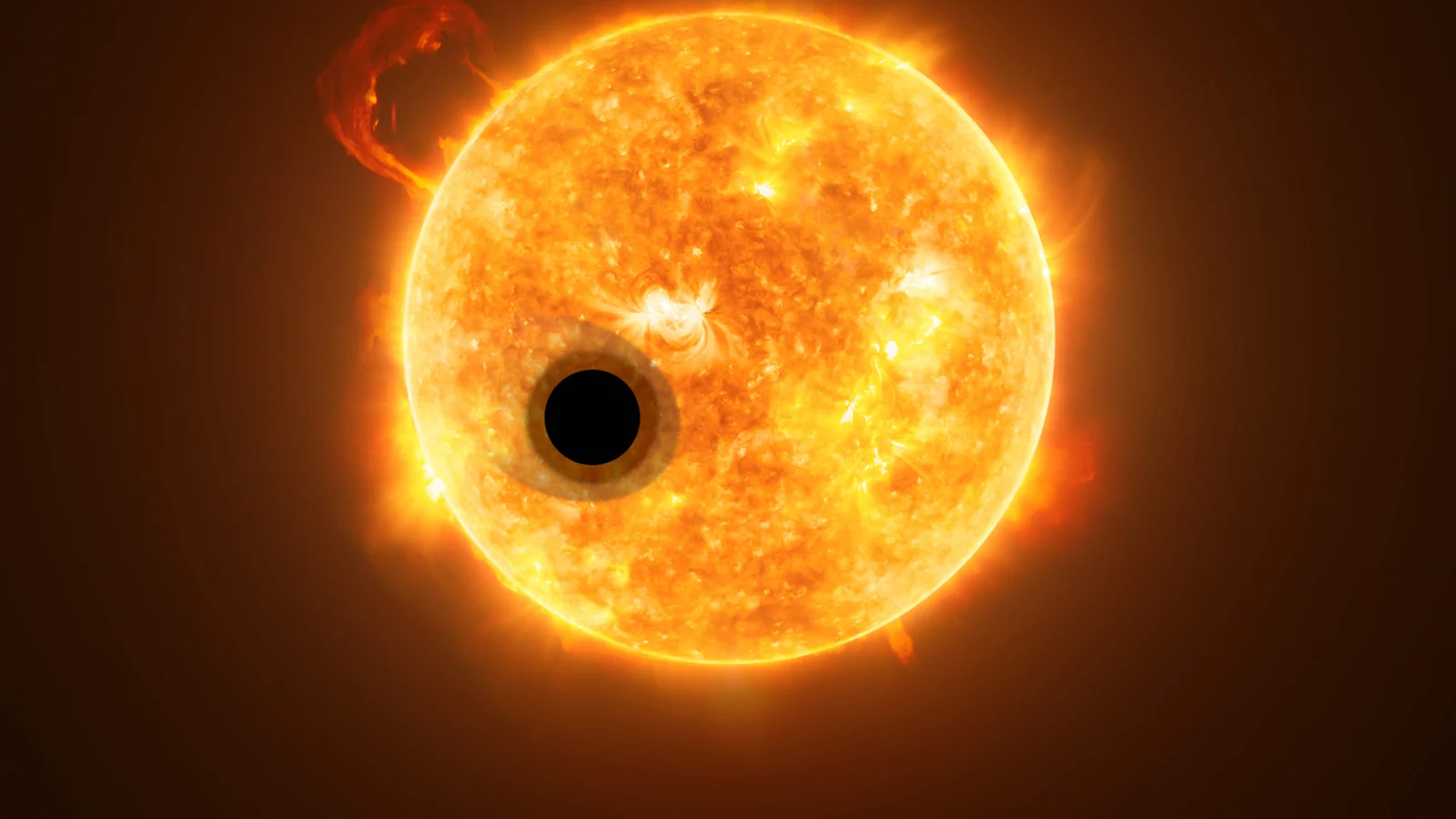
Strange 'cotton candy' exoplanet is like no other astronomers have ever found
A Canadian-led team took a closer look and revealed how bizarre this 'super-puff' exoplanet is
We've heard of super-Earths, mini-Neptunes, and hot Jupiters, but how about 'cotton-candy' planets? New observations of a recently discovered alien world have revealed it to be one of the strangest ever found.
In 2017, astronomers using the Hubble Space Telescope reported the discovery of exoplanet WASP-107b. Located around 212 light years away from Earth, this Jupiter-sized alien world was found circling very closely around a small orange star. How closely? Its orbit is less than one-sixth the distance of Mercury's orbit around our Sun. While astronomers have catalogued several of these 'hot-Jupiter' exoplanets so far, WASP-107b stands out among them.
This alien world may be as large as Jupiter (around 140,000 kilometres wide), but when it was first discovered, it was reported to only have 12 per cent of Jupiter's mass. With such a low density, astronomers call these alien worlds' cotton candy' planets.
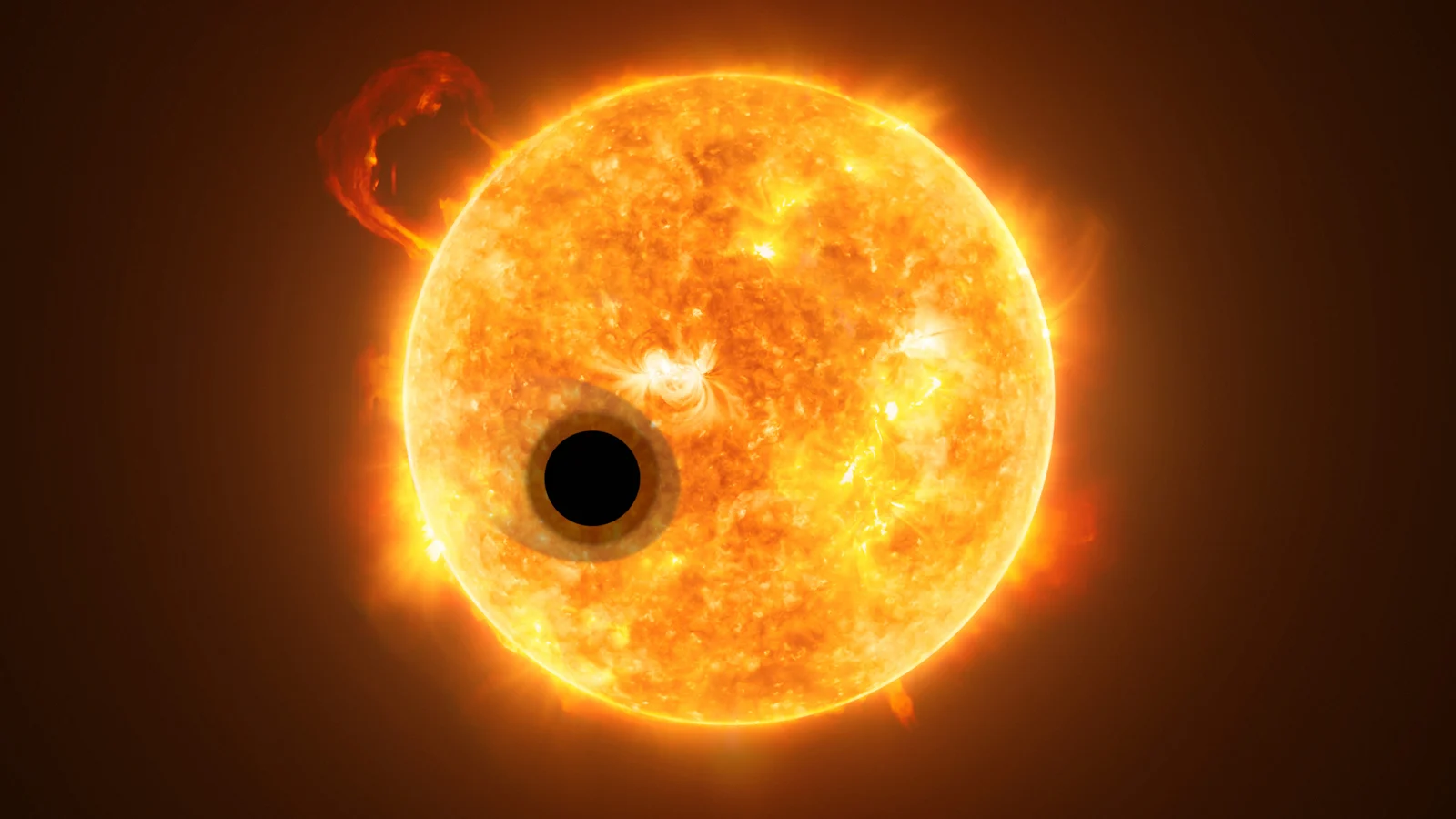
An artist's impression of WASP-107b transiting in front of its star. Credit: ESA/Hubble, NASA, M. Kornmesser
Following up on Hubble, a team of astronomers led by Université de Montréal Ph.D. student Caroline Piaulet used the Keck Telescope in Hawai'i to take a few years' worth of observations. As strange as a 'cotton candy' planet sounds, what Piaulet and her team found was even more peculiar. WASP-107b is even lighter than initially thought — only 10 per cent of Jupiter's mass, or about 1.8 times as massive as Neptune.
"We had a lot of questions about WASP-107b," Piaulet said in a Université de Montréal news release. "How could a planet of such low density form? And how did it keep its huge layer of gas from escaping, especially given the planet's close proximity to its star? This motivated us to do a thorough analysis to determine its formation history."
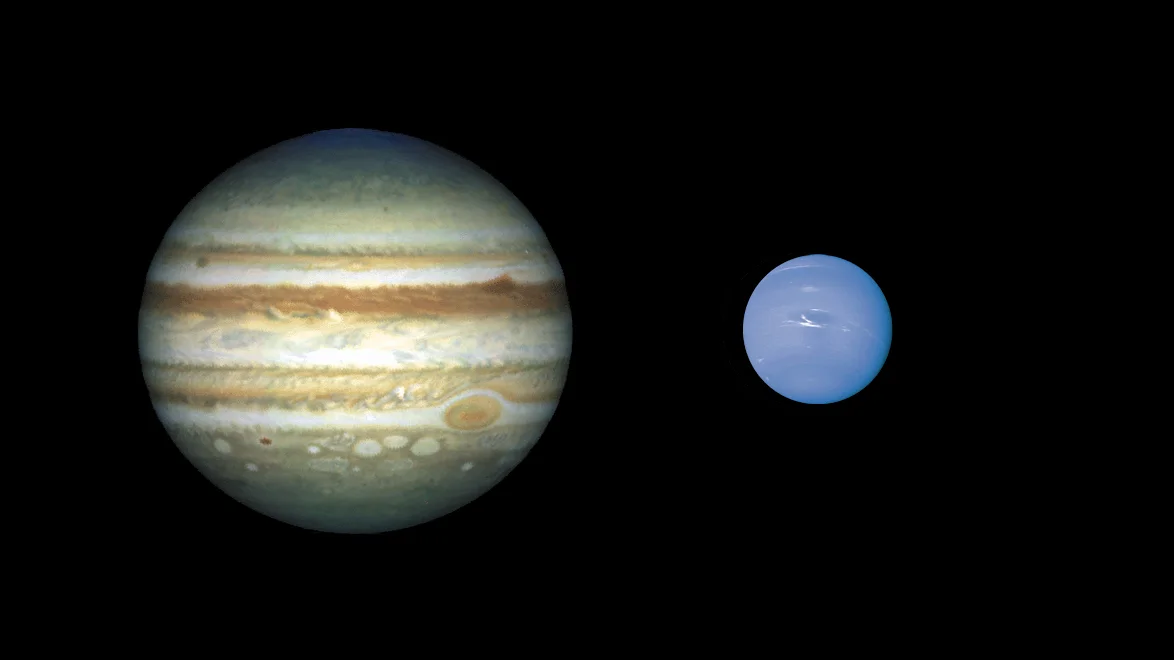
These real images of Jupiter and Neptune reveal their relative sizes. Credit: NASA/Lunar and Planetary Institute
Based on what's known so far about planet formation, Piaulet's team performed computer simulations to figure out exactly what such a planet would look like. From those simulations, the team discovered that the rocky core of WASP-107b likely only makes up about 15 per cent of the planet's total mass. The other 85 per cent would be its hydrogen and helium atmosphere.
To understand how strange that really is: based on the lastest studies from NASA's Juno mission, Jupiter's atmosphere represents about 1 per cent of its mass, while estimates put Neptune's atmosphere at between 5-10 per cent of the planet's mass. So, finding something like WASP-107b is just completely unprecedented.
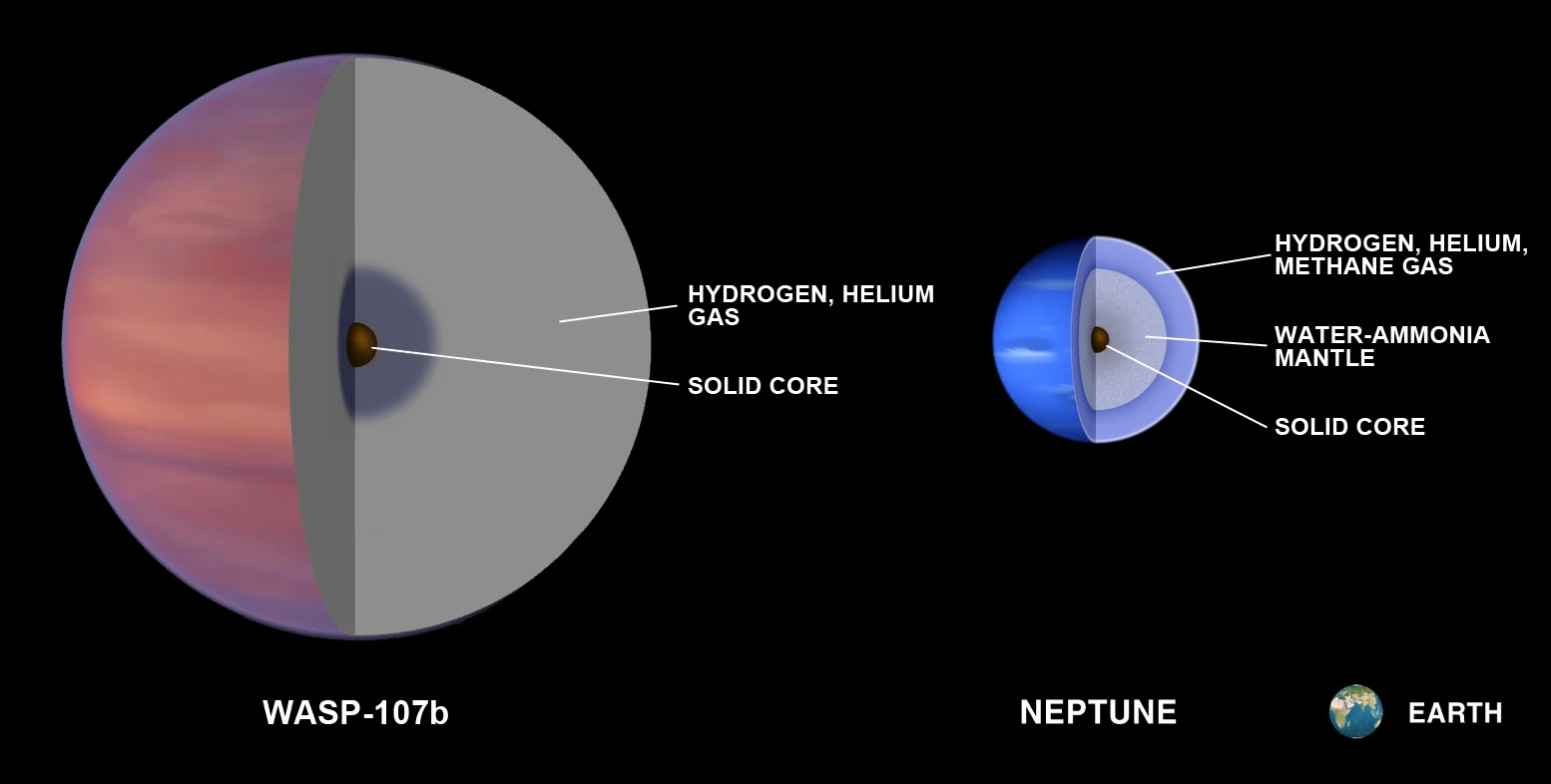
This diagram, which combines NASA and ESA imagery, shows a rough comparison of the interiors of Neptune and exoplanet WASP-107b. While both planets are about the same mass, the alien world is MUCH bigger, and features an expansive atmosphere surrounding a tiny core. Credit: NASA, ESA/Hubble, M. Kornmesser, Scott Sutherland
"This work addresses the very foundations of how giant planets can form and grow," said UdeM astrophysics professor Björn Benneke, who is the second author on the paper and Piaulet's Ph.D. supervisor. "It provides concrete proof that massive accretion of a gas envelope can be triggered for cores that are much less massive than previously thought."
Under current planetary formation models, a planet like Neptune or Jupiter or Saturn couldn't form as close to its star as WASP-107b is. These gas giants and ice giants require a much different environment, which typically exists much farther away from the star. Even this bizarre exoplanet would have needed a similar environment to accumulate an atmosphere of its size. So how did WASP-107b form?
Planets like this may not form close to their stars, but planets have been known to travel.
"For WASP-107b, the most plausible scenario is that the planet formed far away from the star, where the gas in the disc is cold enough that gas accretion can occur very quickly," study co-author Eve Lee, a world-renowned expert on these cotton-candy planets, said in a McGill University press release. "The planet was later able to migrate to its current position, either through interactions with the disc or with other planets in the system."
"This study pushes the boundaries of our theoretical understanding of how giant-sized planets form," Lee, an Assistant Professor in the Department of Physics at McGill University and McGill Space Institute, added. "WASP-107b is one of the puffiest planets out there, and we need a creative solution to explain how these tiny cores can build such massive gas envelopes."
For the next steps in the study of WASP-107b, Piaulet is looking forward to the launch of the James Webb Space Telescope, which is currently scheduled for later this year. This next-generation space telescope is over 6 times larger than Hubble, allowing for a much larger viewing area and with the ability to resolve better details, over much greater distances. When it launches and begins viewing the universe, the JWST will be the key to unlocking many of the mysteries about exoplanets and planetary formation.
"Exoplanets like WASP-107b that have no analogue in our Solar System allow us to better understand the mechanisms of planet formation in general and the resulting variety of exoplanets," Piaulet said. "It motivates us to study them in great detail."







